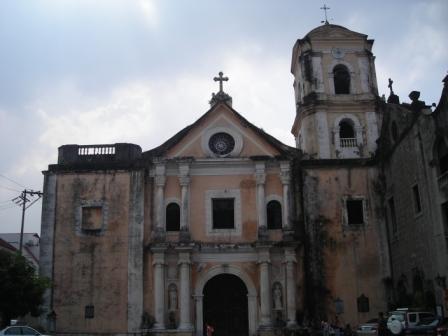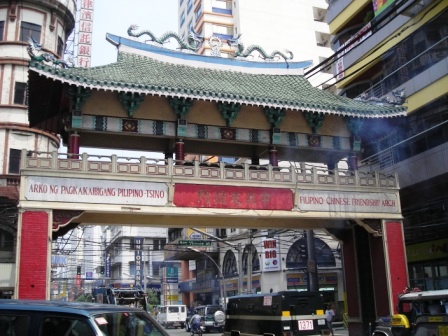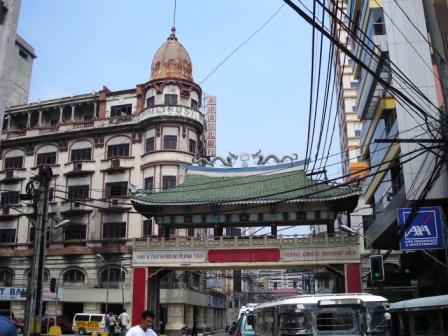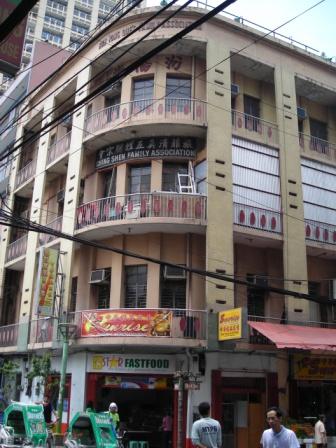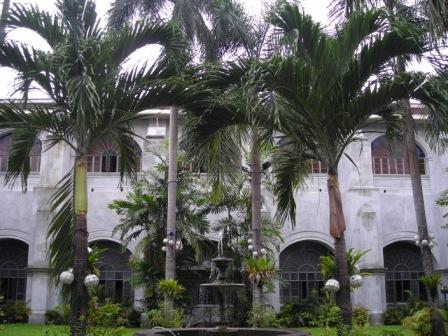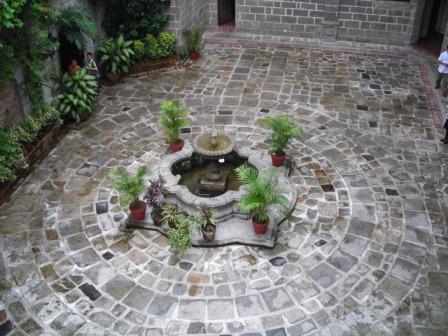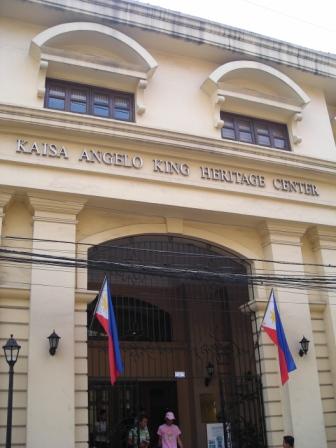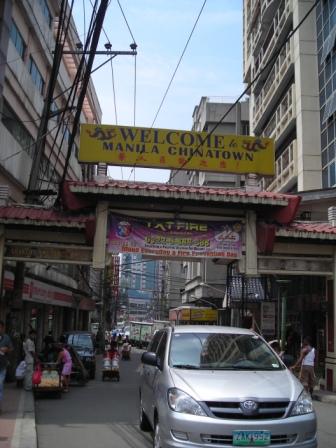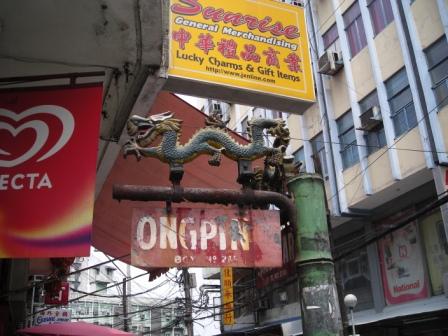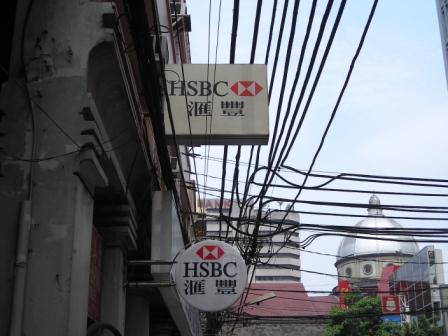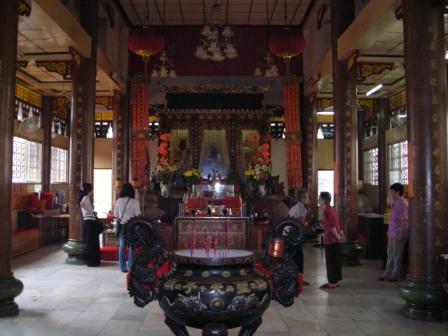 From Sangley to Tsinoy: Journey of Overseas Chinese in the Philippines From Sangley to Tsinoy: Journey of Overseas Chinese in the Philippines
 The presence of Chinese and Spanish in Manila represented the confluence of two socio-economical systems in the physical landscape of Manila. The presence of Chinese and Spanish in Manila represented the confluence of two socio-economical systems in the physical landscape of Manila.
Chinese traders had visited and lived in Manila long before the arrival of the Spanish. The Chinese traders came from Fujian, 福建, in China and were part of the larger Chinese maritime trading economy that grew in importance from the Southern Song dynasty, 南宋, (1127–1276 CE) onwards. This system droved the Chinese export economy and facilitate the import of goods for the Chinese domestic market. The Chinese participation in host societies was generally limited to economic and trading issues.
Spanish arrival
When the Spanish proclaim Manila as their capital in 1571, they came with economic ambitions as well as religious mission to Catholicize. They introduced their political structure and religious cosmology to the natives. With advanced weaponry and state support, they were able to impose a new social order that shaped the lives of every ethnic group in Manila/Philippines.
Within this Spanish political economy, the Chinese fulfilled important economic function as trade intermediaries. The Spanish refer to the Chinese as “Sangley” derived from the Hokkien term for business/trade “Sengli”, 生意 (Shengyi).
Although economically useful to the Spanish, the Chinese were perceived as potential threats and competitors. This mixed relationship resulted in alternating policies and attitudes towards the Chinese and was reflected in Spanish attempts to convert, massacre or expel the Chinese from the Philippines.
The Spanish attitude towards the Chinese was also reflected in the physical landscape. The Chinese were to be separated from the Spanish (like the rest of the population) but at the same time to be watched over and be collectively available when new policies were implemented.
Manila Chinatown
It was this context in which the Manila Chinatown was founded in 1594. The Spanish gave the land to Catholic Chinese and it was located just across the Pasig River opposite the Spanish walled city Intramuros. Non Christian Chinese had to live in specially designated areas known as Parian. It was destroyed and shifted several times until 1790 when non Christian Chinese was allowed to move into Binondo where Catholic Chinese lived.
Cathedrals were built in Chinatown and Chinese who converted had special privileges and were able to avoid consequences of Spanish policies. For example, in 1754, the Spanish concern over Chinese monopoly over certain trade prompted the expulsion of all non Christian Chinese from the Philippines. Some Chinese converted to Catholicism to avoid the expulsion.
American arrival
In 1898, Span’s 400-year rule in Philippines ended with the Treaty of Paris when the Americans bought the Philippines, Cuba and Puerto Rico for US$20 million. As the new colonial master of Philippines, Americans restricted Chinese migration to Philippines to prevent migrants from moving into United States. The Chinese Exclusion Act passed in United States in 1882 to prevent Chinese migration into United States was applied to Philippines.
After World War Two, the emergence of nation states out of former colonies raised issues of national identity in relation to ethnicity and nationality. At the same time, political development in China redefined the relationship between overseas Chinese and China.
During the Sino-Japanese War, a Chinese delegation from Philippines attended the Overseas Chinese Conference in Singapore in 1938. They helped to establish the China Relief Fund, 南洋华侨筹赈祖国难民总会 and raised money in support of China.
Philippines
After Philippines independence in 1946, policies were introduced to limit Chinese economic opportunities. In 1961, the policy became “Filippino First” policy that placed the interests of natural born Filipinos over naturalized Filipinos. Industries were nationalized and jobs were reserved for Philippine citizens.
In response to these developments, the Federation of Filipino Chinese Chamber of Commerce was established to provide common platform to lobby for Chinese business interests and concerns.
Citizenship procedures were complex, expensive and often inaccessible. In 1974, President Marcos relaxed naturalization policy and many Chinese were able to become Philippine citizens. This policy reversal was in anticipation of establishing relationship with People’s Republic of China.
Today
Today, Chinese Filipinos are known as Tsinoy from the words Tsino for Chinese and Pinoy for Filipino. Unlike colonial and early independent periods, Chinese Filipinos have no restriction in choice of residence and are free to develop professionally.
Many Chinese Filipinos identify with well-known social, business and political leaders with Chinese ancestry and continue to be integrated with the rest of society. These personalities include former President Corazon Aquino, Manila Bishop Cardinal Sin and current (2007) President Gloria Macapagal-Arroyo .
The main institution dedicated to the Chinese Filipino history is the Bahay Tsinoy. It has exhibits featuring Chinese presence in Philippines as well as a collection of Chinese ceramics excavated in the Philippines.
Another site to experience the overseas Chinese history in the Philippines is Manila Chinatown. The churches, Taoist temples, Buddhist monasteries, Chinese business and shops there allow you to explore the imprints of time and experience a Chinatown developed out of its unique circumstances.
A visit to Bahay Tsinoy and Manila Chinatown gives you a context to understand and to relate to Filipino Chinese’s journey from Sangley to Tsinoy.
References:
F. W. Mote. Imperial China 900-1800. Harvard University Press (November 15, 2003)
J.A.G. Roberts. The Complete History of China (Paperback) Sutton Publishing; New Ed edition (October 25, 2003)
Lynn Pan (Editor). The Encyclopedia of the Chinese Overseas. Harvard University Press (April 30, 1999)
Teresita Ang See, Go Bon Juan (Editors) The Ethnic Chinese. Proceedings of the International Conference on: changing identities and relations in South East Asia. Kaisa Para Sa Kaunlaran INC, Philippines. (1994)
Related article:

|

 From Sangley to Tsinoy: Journey of Overseas Chinese in the Philippines
From Sangley to Tsinoy: Journey of Overseas Chinese in the Philippines The presence of Chinese and Spanish in Manila represented the confluence of two socio-economical systems in the physical landscape of Manila.
The presence of Chinese and Spanish in Manila represented the confluence of two socio-economical systems in the physical landscape of Manila. 